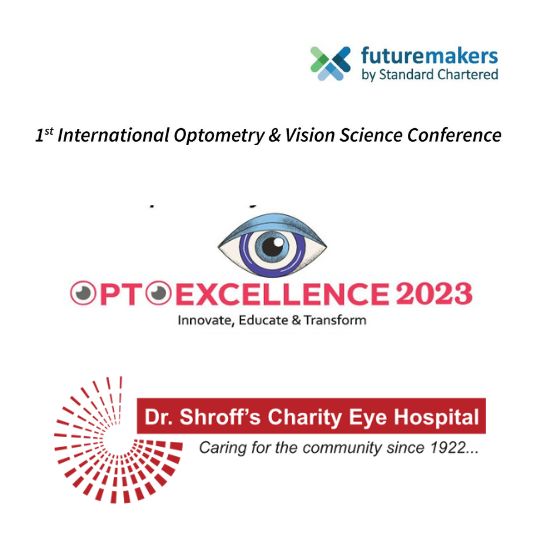
Welcome to question of the day #332
Eytools question of the day #332
I own a community eye care practice. I have worked hard on developing an excellent chairside manner and my staff are well-trained and understand the importance of excellent customer service. I’d like to collect some performance data but don’t want to drown in numbers or distract my staff from their core functions. Do you have any suggestions?
You are right to focus on training and customer service but it can be useful to gather some data to make sure you and your staff and performing well. These are sometimes referred to as key performance indicators (KPIs) but what they really are numbers you can collect easily to see if your practice is lacking in any area, what needs to be improved, and what waste needs to be addressed. Having some performance numbers can grow the practice without spending any money and ensures that you have a good focus on your patients.
Patient wait time
When it comes to sight, people get very anxious. Longer waiting times (the number of days a person has to wait for an examination from the day they contact the practice) can increase a patient’s anxiety and make them frustrated, leading to an unsatisfactory visit to your practice. It may hinder patients from getting the care they need, especially those requiring emergency treatment. Reducing patient wait times is a simple way to improve the patient experience. It helps to improve another KPI, patient satisfaction, improving patient retention. If your patient wait time is 6 weeks then when sending out recall messages send them 6 weeks ahead of the time the next examination is due. If a new patient wants an appointment check with them if they have any concerns about deteriorating vision and then book them into an emergency appointment slot. Keep one of these free per week. They can always be filled with a walk-in at the end of the week if they haven’t been used for an emergency.
Missed appointments
A patient can miss an appointment for many reasons such as financial troubles, transportation issues, or just plain old forgetfulness. However, they do not realise the impact of their missed appointment. Other than a practice missing out on opportunity costs, resources can be diverted to taking care of patients in their stead. The onus falls on practice staff to check in with their patients before their appointments and confirm their availability. If a patient confirms an appointment but still misses they can be phoned and asked why they missed and if appropriate rebooked. Knowing why they confirmed but still missed can help improve practice processes.
Conversion rate from examination to new glasses
Practice income comes mainly from supplying new glasses. Most people come to an eye care practice because they suspect they need new glasses. In my experience, the conversion rate should be 80-90%. Anything less than this means underperformance and a loss of income. Calculate conversion rates on a daily basis for each prescriber working for you. There may be some days with high or low conversion rates. Drill down and find out why. There may be some prescribers with conversion rates you consider low. Find out why and help them improve.
Value of each sale
Again there may be differences between prescribers. If so find out why and help those with low figures improve.
There are lots of different KPIs you could collect data on but all this takes time and effort. These four are probably enough for most practices.
Support what they do
You can become a member of EyeTools and support them in building a better and more sustainable professional development platform through kindness and appreciation for what them do. It also helps them build a better relationship with you over a longer period of time and you will receive some cool benefits along the way such as Certificates of Completion. To become a member, go to https://eyetools.in/
EyeTools-use it to get even better at what you do. Get the edge and be better than your competitors.Get Frank’s most recent books The Art of Investigating Binocular Vision Anomalies and The Art of Clinical Practice in Optometry for a deeper insight into everyday clinical practice.If you know someone that might benefit from these messages, please forward this to them. We are always looking to bring EyeTools to new people and we could use your help!

.jpg)
_(1080_x_1080_px).jpg)


with_UP_Cabinet_Minister_Sh_Nand_Gopal_Gupta_at_OpticsFair_demonstrating_Refraction.jpg)
with_UP_Cabinet_Minister_Sh_Nand_Gopal_Gupta_at_OpticsFair_demonstrating_Refraction_(1).jpg)

.jpg)








.jpg)



.png)




